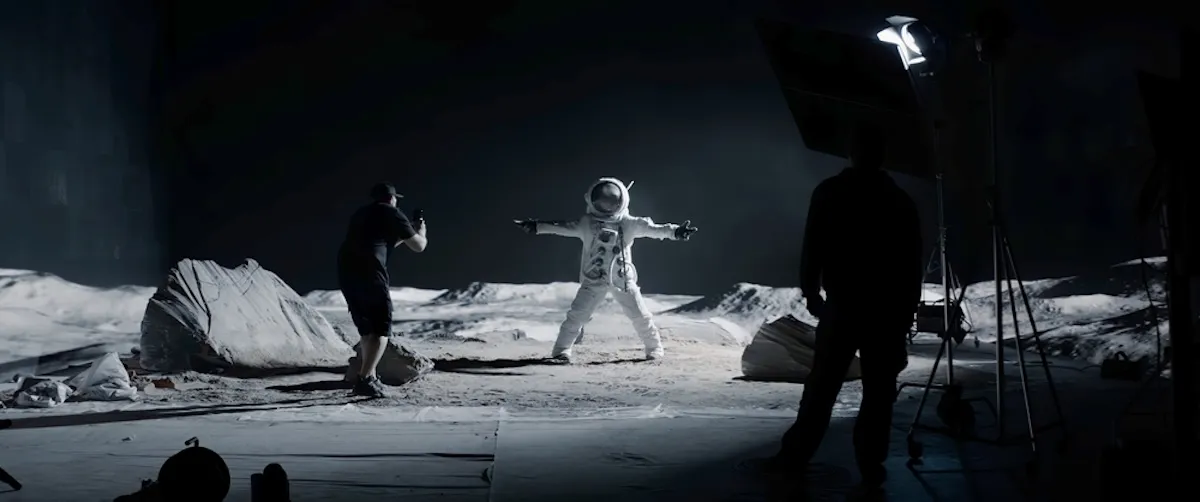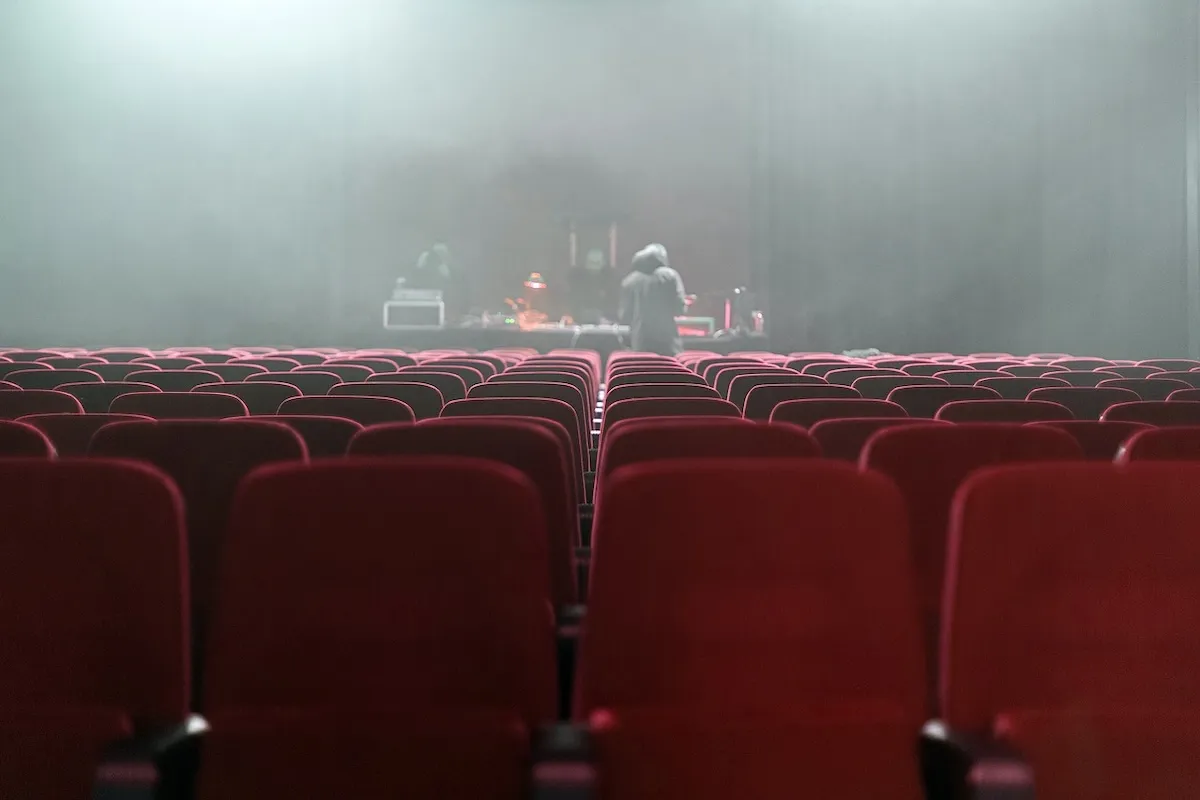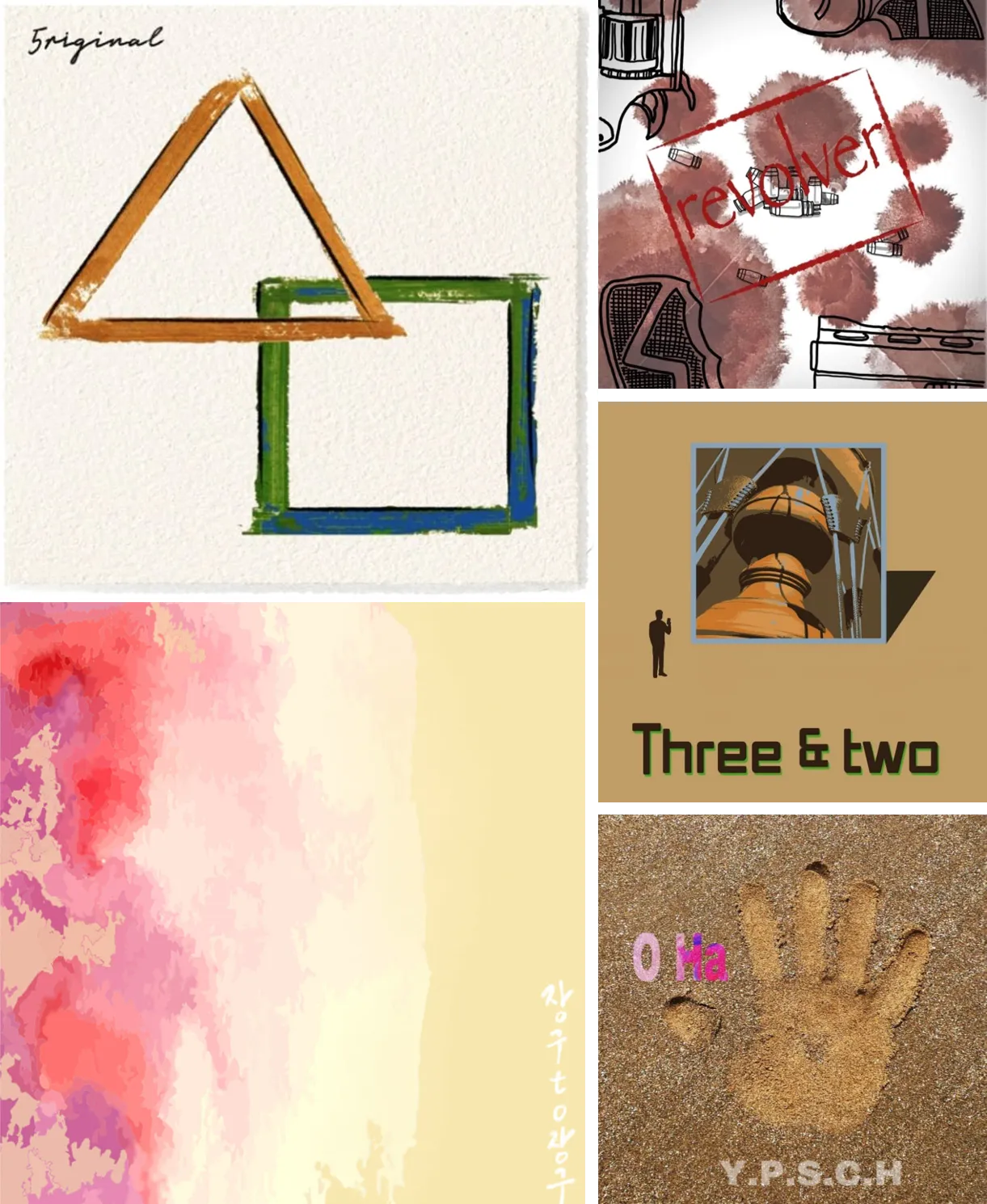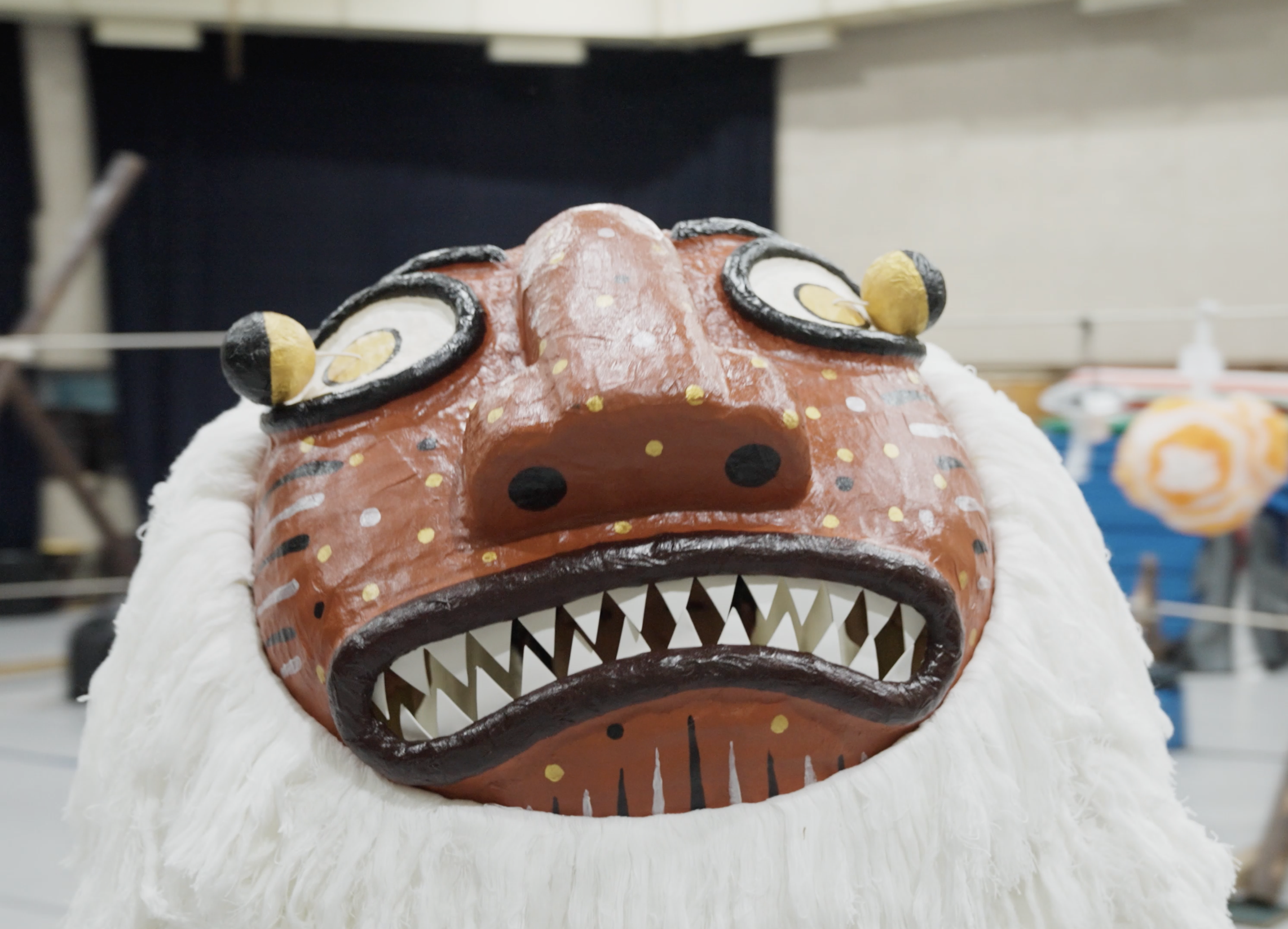| [People]introduces the future direction of art education that the Art Collider Lab (hereinafter referred to as AC Lab) of the Convergence Arts Center seeks and aims to pursue through people who have worked with AC Lab. |
“In the world of virtual production, this is the most advanced technology right now. Even Hollywood has only been using it for about five years.”
Seong-Ouk Kim(44), CEO of Native, speaks with an infectious enthusiasm—like a child introducing his favorite new toy. He’s talking about Virtual Production(VP), a cutting-edge film making technique that seamlessly integrates the digital and real worlds in real time using massive LED walls. While it has already made waves in the film, drama, and advertising industries, its potential for artistic expression is only beginning to unfold.
For Kim, VP is more than just an exciting new technology—it’s his passion. Though he has worked across a vast spectrum of visual media, from 2D animation and computer graphics to media art, VP captivated him so much that he founded a company specializing in In-Camera Visual Effects(ICVFX) for virtual production. What excites him most about VP is its limitless expandability—it can be applied across both commercial and pure artistic fields.
But how well does it truly merge with the arts? Last fall, the Virtual Production Studio Demo Day at Korea National University of Arts(K-Arts) served as a testing ground to explore its potential.

Seong-Ouk Kim, CEO of Native
| “Reimagining the Visible”—A Visual Innovator Mastering Media Technology
Seong-Ouk Kim is an expert in all things visible. He completed both his undergraduate and master’s degrees at K-Arts’ School of Film, and over the years, he honed his craft across computer graphics, media art, and television advertising. His portfolio spans a wide range—from national event visuals for the Yeosu Expo and PyeongChang Olympics to commercial projects for Samsung Electronics, SK Telecom, and Hyundai Motors. Even in the film and drama industry, his influence is significant. He played a key role in The NSN Company, a studio involved in producing ‘Parasite’, the internationally acclaimed film.
“I have this urge to try everything that looks fun. Maybe that’s why I’ve changed
jobs so many times,” he laughs. “Technology and techniques in visual production keep evolving, so I could never stay in one place for too long.”
His nomadic pursuit of new technologies finally led him to Virtual Production. “It’s not the best technology in the world—it’s the best technology for me,” Kim explains. VP integrates all of the expertise he has accumulated—hardware and software knowledge, CG compositing, projection mapping—into a single, cutting-edge field. The sheer novelty of the technology also piqued his adventurous spirit.
As he delved deeper into VP, an unexpected opportunity arose—education. His decade of technical experience naturally led him to teaching, and he has now spent five years mentoring students at universities. His connection with K-Arts remains particularly strong; in addition to lecturing, he has been involved in various film production projects at the school and has played a key advisory role in K-Arts’ digital transformation project.
One of the most significant projects he advised on is ‘The Virtual Production Studio’, established on campus last year. His expertise aligned perfectly with the mission of Art Collider Lab, which aims to build creative spaces that foster the convergence of art, technology, and society. By providing hands-on experiences with VP, the lab seeks to inspire young artists and cultivate interest in art-tech fusion.
“Virtual Production is still a relatively new technology, even within the industry—there aren’t many experts yet,” Kim emphasizes. “Our goal is to ensure that the most cutting-edge technology fuels the most cutting-edge arts education.”

A virtual production studio set up in K-Arts
| Your Art—Now at the Opera House or Broadway
The Virtual Production Studio Demo Day, organized by Art Collider Lab in collaboration with K-Arts’ School of Film, marked the beginning of Kim’s vision for VP’s role in arts education. Rather than focusing on theory, the event was designed as an immersive experience—allowing students to feel the creative possibilities of the technology firsthand.
“K-Arts’ School of Film has already been offering Virtual Production courses since early last year. Students engage in both theoretical study and practical production work. But I wanted to introduce this technology to students from other disciplines as well—like theater, music, and traditional arts—because VP has tremendous potential in those fields. That’s why we organized this three-day Demo Day—to showcase and spark curiosity.”
In reality, Virtual Production can be quite intimidating. As one of the most advanced visual technologies available, it demands a high level of expertise. However, simply using the technology does not require the same level of technical mastery.
“The real mission of Demo Day was to help students walk away thinking, ‘Maybe I could do something with this,’” Kim explains.
The true magic of Virtual Production lies in creating the illusion of reality. The digital backdrops displayed on LED walls feel authentic when combined with skilled cinematography and performance. This eliminates limitations of time and space—K-Arts students, for instance, could perform a Chuyongmu dance at King Sejong’s coronation or act as Hamlet in a Danish palace.
VP is particularly valuable for independent productions, where budget constraints often limit creative possibilities. Unlike green-screen compositing, VP allows performers to interact naturally with the environment, enhancing immersion. Kim points out, “Artists often need profile videos, teaser clips, or promotional materials for their work. Being free from spatial limitations can be a game-changer for them.”

Virtual production enables time- and space-free representation.
Fifteen students participated in Demo Day—most from the School of Film, but a handful of curious students from other disciplines joined as well. Their motivations varied. “Some had ambitious plans to shoot their next film with VP, while others just found it fascinating,” Kim recalls.
Regardless of their approach, every student’s experience was meaningful. After all, the Virtual Production Studio was designed as a playground where K-Arts’ young artists could explore and experiment freely. Demo Day was just the first step—this year, the studio will begin its pilot program, expanding opportunities for students to engage with VP.
“You can’t expect instant mastery,” Kim admits. “Right now, the focus is on icebreaking—introducing the technology and making students eager to learn more. Recently, Professor Kyeong-Hwa Yu from the School of Traditional Arts shot a promotional performance video in the VP studio. If faculty members experience its impact firsthand, students will naturally follow.”

Professor Kyeong-Hwa Yu is filming a performance at the virtual production studio
| Artists Should Always Seek Differentiation
Kim’s relationship with K-Arts is special. It’s a place where he developed his skills, built his career, and is now giving back by shaping its future. Over the past 20 years, his artistic philosophy has solidified: Freedom from rigid disciplines. Constant exploration. The pursuit of uniqueness. He believes that the desire to differentiate oneself is the driving force behind artistic creation.
That’s why Kim is so passionate about Virtual Production. Despite being a complex
and highly technical field, it offers endless possibilities for interdisciplinary collaboration. VP is not just a tool for commercial industries like film, drama, and advertising—it has the potential to redefine artistic expression.
“I’ve always been interested in other disciplines, even when I was a student. I watched countless performances—dance, classical music, traditional Korean arts. I even held my own art exhibitions. Those experiences naturally led me to collaborate across fields. When I encountered VP, I immediately thought of the arts. It has just as much—if not more—potential in the arts as it does in film and advertising.”

Kim(left) highly values the artistic use of virtual production.
From leading VP courses at K-Arts and helping establish the school’s first VP studio to hosting Demo Day, every step he has taken reflects a singular goal: To help young artists shed their apprehension toward emerging technologies—and empower them to express themselves without limits.
“Diversity and differentiation—these are essential in art. It’s not enough to simply be different—you must be radically different. Imagine being given the Sydney Opera House for your performance. Wouldn’t you aim for something wildly different from what you’d do in a tiny underground studio?” Kim grins.
/ written by TJ
Related Videos



